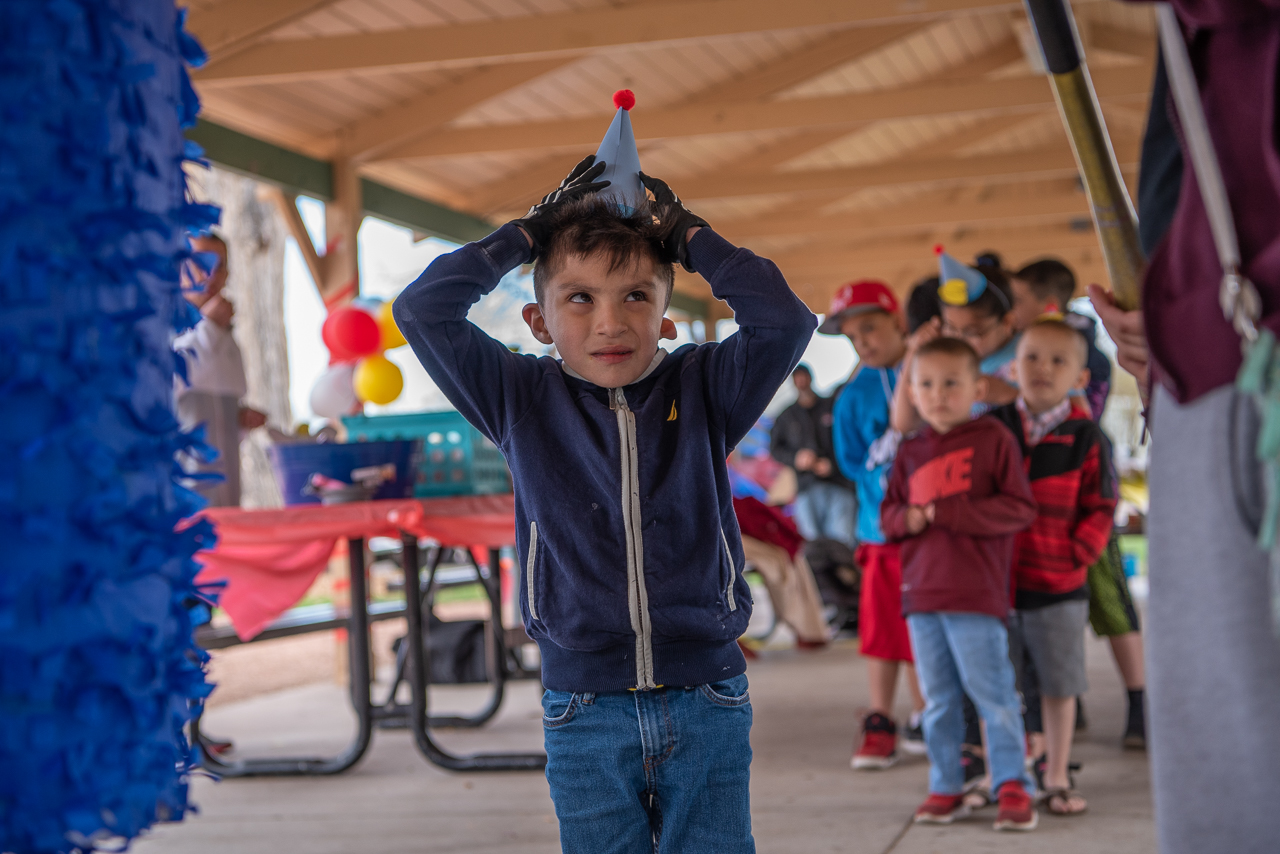

Digital April: Tanya Fabian
April 3, 2020 - April 5, 2020
Tanya Fabian will showcase a sample of photos from her Faith and Fortitude project on Art Lab’s Instagram and Facebook pages from Friday Apr 3 to Sunday Apr 5.
Read Tanya’s description of her project here:
Introduction
Faith and Fortitude: Fort Collins’ Earliest Hispanic Families
Faith and Fortitude: Fort Collins’ Earliest Hispanic Families is a history of Hispanic Colorado as seen through the stories of the descendants of Fort Collins’ earliest settlers. This project, although focused on Fort Collins residents, is representative of a broad picture of the entire state of Colorado and its Hispanic history.
The Hispanic founding families of Fort Collins can be considered founding families of Colorado, whose back-breaking work in the fields, in the sugar beet factories and in the coal mines helped build Colorado into the thriving state it is today.
It is a little-known fact that some Hispanic families in Fort Collins can trace their roots to the early Spanish colonists of the Southwest, having 400-year-long ties to the land. These families descend from Spanish colonists who created the first Hispanic settlement in 1598 in what is now modern-day New Mexico.
The stories of Fort Collins’ Hispanic families are part of a centuries-long northward migration, beginning in the late 1500s. In the early years, this migration was driven by development of Spanish settlements by the Spanish crown, threat of Indian raids and harsh conditions in the arid Southwest, which contributed to years of famine. Land grants, issued to individuals and groups of petitioners, served as a means of relocating settlers to the far reaches of the Spanish Southwest, under both Spanish and Mexican rule. In the late 1800s, northward migration was propelled by poverty in home villages and a search for work in distant population centers. Representatives from the sugar beet and mining industry actively recruited in Hispanic villages.
Some families followed the crops as seasonal workers, traveling state to state. Others worked the fields and settled in the community where they worked, as did Hispanic beet workers in Fort Collins. Fort Collins’ Alta Vista neighborhood, once known as Spanish Colony, has the distinction of being one of the northernmost neighborhoods of adobe homes in the North America. It was created in 1923 by the Great Western Sugar Company for Hispanic workers in town.
When a national and statewide decline in coal usage occurred after World War I, some former miners and their families made their way north to the Fort Collins area. After WWII, Cecilia Montoya’s family migrated to Fort Collins. Her father had previously worked as a coal miner in the Walsenburg area. When arriving to northern Colorado, he worked in the quarries north of Fort Collins and later used his skills with explosives to work with a crew building the interstate through the mountains west of Denver.
Not all families migrated north from New Mexico. Hector Avalos and his family came from Texas to work in the beet fields in the 1950s. Lupe Salazar’s family also migrated from Texas to work the crops in northern Colorado. Others came from “Old Mexico”. Casildo Mosqueda was born in Guanajuato, Mexico, in the late 1800s. He married Trinidad Romero, a Fort Collins native, whose family had lived in the Walsenburg, Colo., area before moving north. Toni Suniga Valdez was born and raised on Cherry Street. Both of her parents, Greg Suniga and Ruth Serrano were Mexican born.
Fort Collins has become the longtime home of descendants of the early Hispanic settlers. Faith and Fortitude is a photographic celebration of this little-known but vibrant segment of our community and state. I chose to photograph descendants of families that migrated to Fort Collins at least 50 years ago.
The photos displayed in this exhibit were all made in the last few years. I hope to provide a further layer of understanding to the history of this complex, yet relatively unknown segment of our population. The descendants of these early founders of our city live hidden lives in the city their ancestors helped create.
Through these photographs I hope to bring to light our Hispanic neighbors’ strong but quiet presence in the community, their unwavering faith, and their deep respect for the past and those who have come before them.